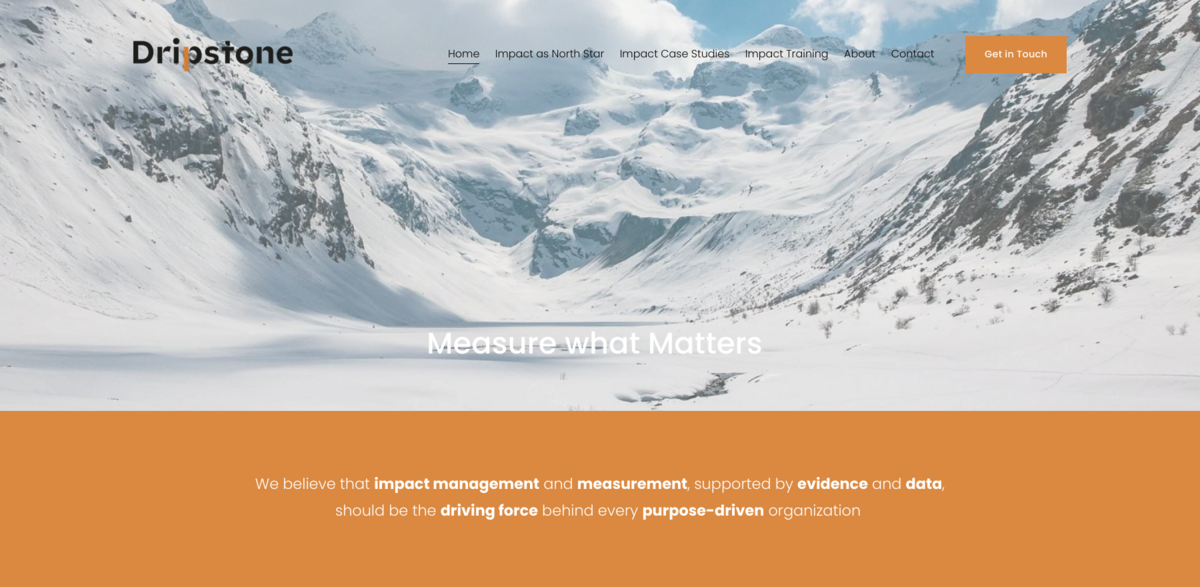What Is Impact Measurement and Management?
Impact measurement and management is all about understanding the real difference an organization makes. It’s not just about good intentions or lofty goals—it’s about backing those up with solid evidence and data. Purpose-driven organizations rely on this approach to keep their mission front and center, ensuring every action counts. In essence, it’s the heartbeat of any initiative that wants to create meaningful change.
The Main Benefit: Staying Focused on What Matters
When organizations measure what truly matters, they gain clarity and direction. Here’s why it’s a game-changer:
- Tracks outcomes effectively, not just activities
- Helps monitor and improve programs continuously
- Aligns efforts with the core mission and the people served
- Uses data to make informed decisions and adjustments
- Builds accountability and transparency with stakeholders
Impact Strategy: The Roadmap to Success
Having a clear impact strategy means organizations can measure, monitor, and improve their programs and initiatives with purpose. It’s about zeroing in on what truly matters—your mission and the people you serve. This strategic focus ensures resources are used wisely and outcomes are maximized. Without it, efforts can become scattered and less effective.
Data-Driven Metrics: The Power of Evidence
Integrating impact objectives across an organization is no small feat. But when done right, it transforms how success is defined and achieved. Leveraging robust data and evidence allows organizations to quantify their impact in ways that resonate with funders, partners, and communities alike. It’s not just numbers—it’s a story told through facts.
Impact Training: Building Capacity from Within
Embedding impact principles and metrics across an organization requires more than just tools—it demands knowledge and skills. Tailored training and support on evaluation and impact measurement empower teams to take ownership of their impact journey. This ongoing learning fosters a culture where impact is understood, valued, and continuously improved.
Project Impact and Sustainable Development Goals (SDGs)
- SDG 1: No Poverty – Measuring programs that alleviate poverty
- SDG 3: Good Health and Well-being – Tracking health-related outcomes
- SDG 4: Quality Education – Monitoring educational initiatives
- SDG 10: Reduced Inequalities – Assessing efforts to promote equity
- SDG 17: Partnerships for the Goals – Strengthening collaboration through shared metrics
Why “What Cannot Be Measured Cannot Be Managed” Matters
This famous quote by Peter Drucker sums it up perfectly. If you can’t measure something, how can you possibly manage it? Impact measurement isn’t just a bureaucratic exercise—it’s the foundation for making smarter decisions, improving programs, and ultimately, creating lasting change. It’s a reminder that clarity and focus come from understanding the numbers behind the mission.





















